Tax Preparers E-Filing Rules Review: Kiplinger Tax Letter
Tax preparers who expect to file more than 10 returns in a year are expected to file them electronically. But there are some exceptions.

Getting the right tax advice and tips is vital in the complex tax world we live in. The Kiplinger Tax Letter helps you stay right on the money with the latest news and forecasts, with insight from our highly experienced team (Get a free issue of The Kiplinger Tax Letter or subscribe). You can only get the full array of advice by subscribing to the Tax Letter, but we will regularly feature snippets from it online, and here is one of those samples…
Here's a review of the tax preparer e-filing rules, which have been around since 2011. Paid tax preparers who expect to file more than 10 Forms 1040, 1040-SR, 1040-NR or 1041, or any combination of those during the year, must electronically file them. There are three escape hatches.
- First, clients can opt out of e-filing. Returns that clients mail to the IRS aren’t treated as filed by the preparer and don’t count against the 10-return cap. Clients who choose this option must do so in writing. Preparers must keep a copy of the signed statement in their file and attach Form 8948 to the tax return that the client mails to the IRS. Note that preparers can provide filing instructions, addressed envelopes, stamps, etc., as long as the client actually mails the return.
- Second, preparers can request a hardship waiver on Form 8944. Preparers seeking a hardship waiver must generally send Form 8944 to the IRS by February 15 of the year for which a waiver is sought. Waivers are valid for one calendar year. If you get one, don’t attach it to your client’s tax return. Instead, attach Form 8948.
- Third, there are a few administrative exemptions. For example, preparers who are members of certain religious groups that are conscientiously opposed to electronic technology needn’t e-file. Again, attach Form 8948 to the return.
See kiplinger.com/letterlinks/preparerefile for a helpful set of FAQs on this subject.

Sign up for Kiplinger’s Free E-Newsletters
Profit and prosper with the best of expert advice on investing, taxes, retirement, personal finance and more - straight to your e-mail.
Profit and prosper with the best of expert advice - straight to your e-mail.
This first appeared in The Kiplinger Tax Letter. It helps you navigate the complex world of tax by keeping you up-to-date on new and pending changes in tax laws, providing tips to lower your business and personal taxes, and forecasting what the White House and Congress might do with taxes. Get a free issue of The Kiplinger Tax Letter or subscribe.
Related stories
Get Kiplinger Today newsletter — free
Profit and prosper with the best of Kiplinger's advice on investing, taxes, retirement, personal finance and much more. Delivered daily. Enter your email in the box and click Sign Me Up.

Joy is an experienced CPA and tax attorney with an L.L.M. in Taxation from New York University School of Law. After many years working for big law and accounting firms, Joy saw the light and now puts her education, legal experience and in-depth knowledge of federal tax law to use writing for Kiplinger. She writes and edits The Kiplinger Tax Letter and contributes federal tax and retirement stories to kiplinger.com and Kiplinger’s Retirement Report. Her articles have been picked up by the Washington Post and other media outlets. Joy has also appeared as a tax expert in newspapers, on television and on radio discussing federal tax developments.
-
 Stock Market Today: Stocks Gain on Tech, Auto Tariff Talk
Stock Market Today: Stocks Gain on Tech, Auto Tariff TalkThe Trump administration said late Friday that it will temporarily halt tariffs on some Chinese tech imports.
By Karee Venema
-
 Sam's Club Plans Aggressive Expansion: Discover Its New Locations
Sam's Club Plans Aggressive Expansion: Discover Its New LocationsSam's Club expansion plans will open up to 15 new stores each year. Learn where they plan to open in 2025.
By Sean Jackson
-
 Expiring Business Tax Breaks And Trump's Tax Plan
Expiring Business Tax Breaks And Trump's Tax PlanThe Tax Letter Four important business tax breaks are likely to be a part of President Trump's tax plan. We'll break them down for you.
By Joy Taylor
-
 AMT and Pass-Throughs Add Complex Layers to 2025 SALT Tax Planning
AMT and Pass-Throughs Add Complex Layers to 2025 SALT Tax PlanningThe Tax Letter The state and local tax (SALT) deduction is a key sticking point in President Trump's tax plan.
By Joy Taylor
-
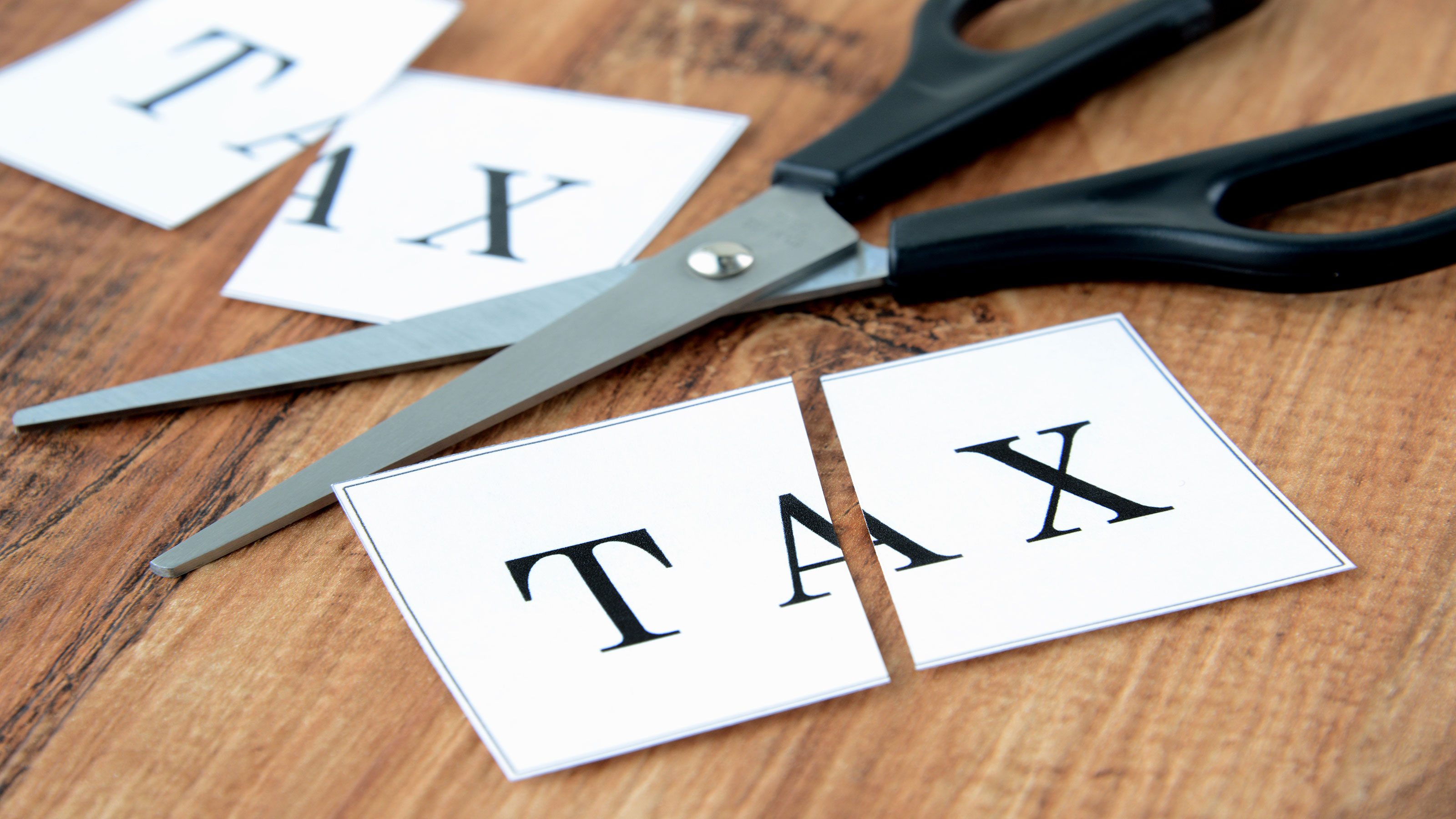 Popular Tax Breaks Are in Danger
Popular Tax Breaks Are in DangerThe Tax Letter A number of tax breaks, including the home mortgage interest deduction, are in peril as lawmakers hunt for revenues to pay for the President's tax plan.
By Joy Taylor
-
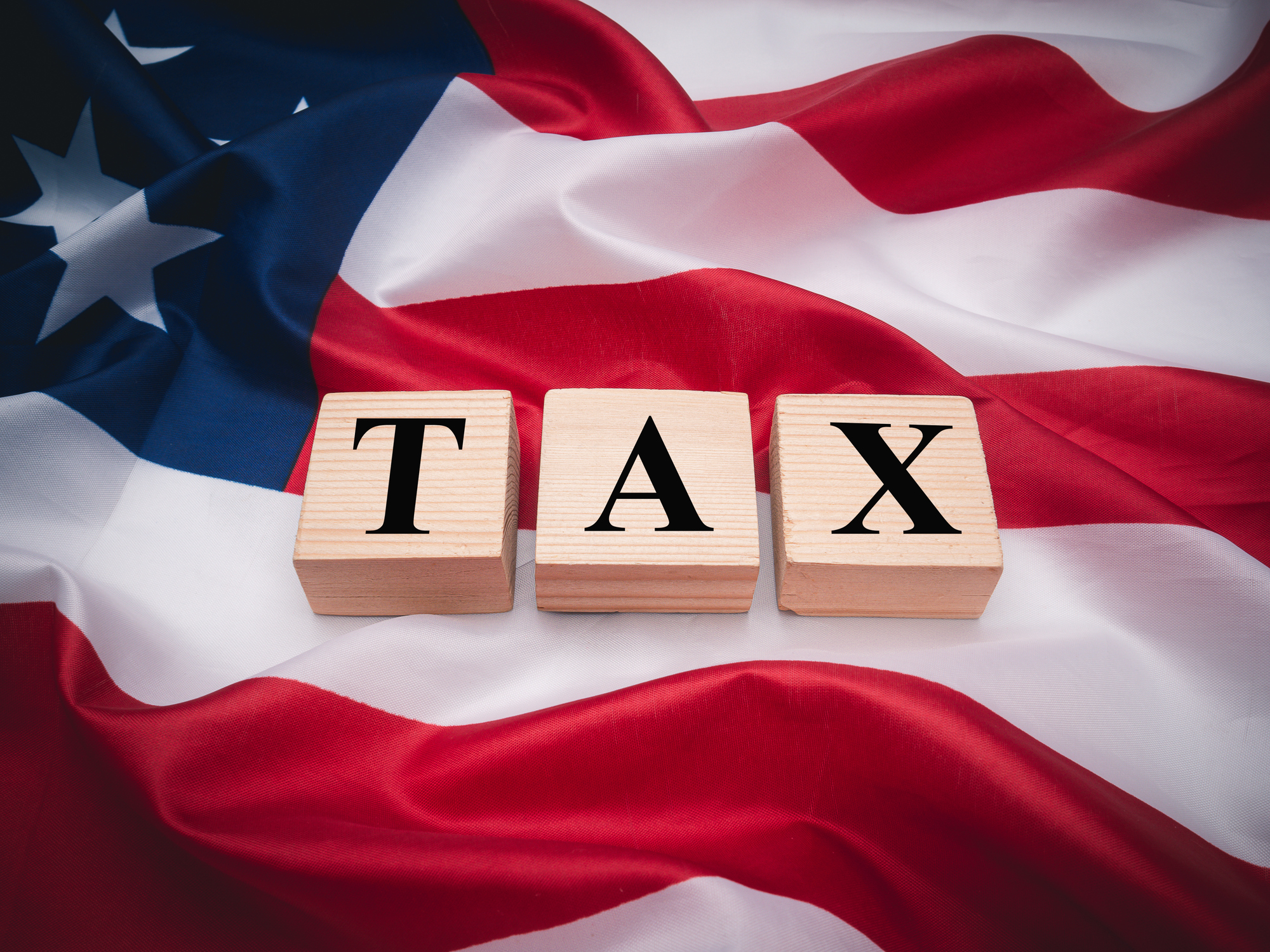 Six Hurdles for Trump's Tax Bill
Six Hurdles for Trump's Tax BillThe Tax Letter While the odds for a new tax bill in 2025 are quite good, there are some sticking points that President Trump and Congress will have to work through.
By Joy Taylor
-
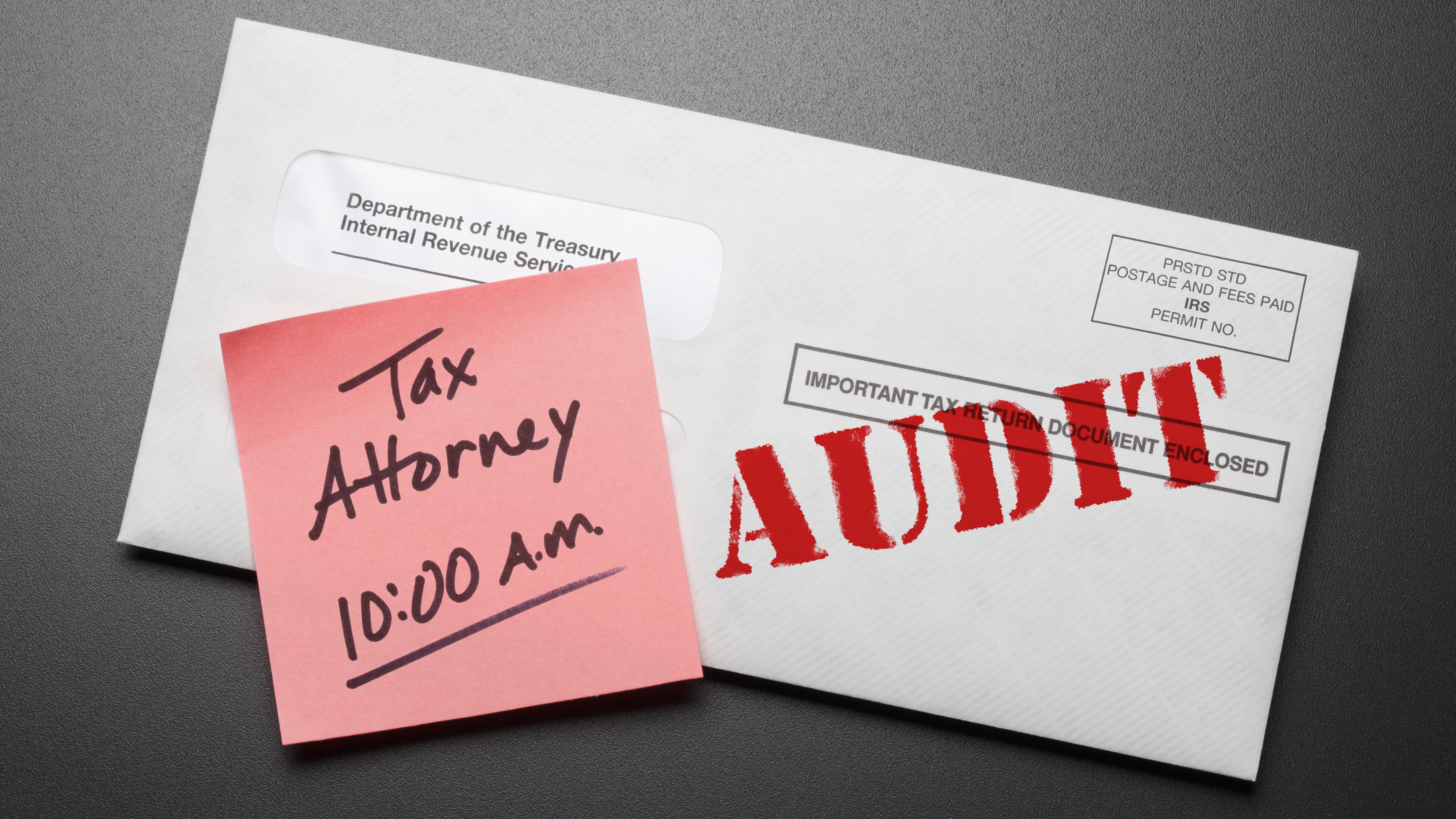 The IRS is Pursuing Partnerships and Their Owners
The IRS is Pursuing Partnerships and Their OwnersThe Tax Letter The IRS has many enforcement priorities, and partnership tax noncompliance is near the top of that list.
By Joy Taylor
-
 Universal Savings Accounts Are Like Roth IRAs, But With a Twist
Universal Savings Accounts Are Like Roth IRAs, But With a TwistThe Tax Letter Republican lawmakers and conservative think tanks are proposing a new type of tax-advantaged savings account. Think Roth IRAs, but not just for retirement.
By Joy Taylor
-
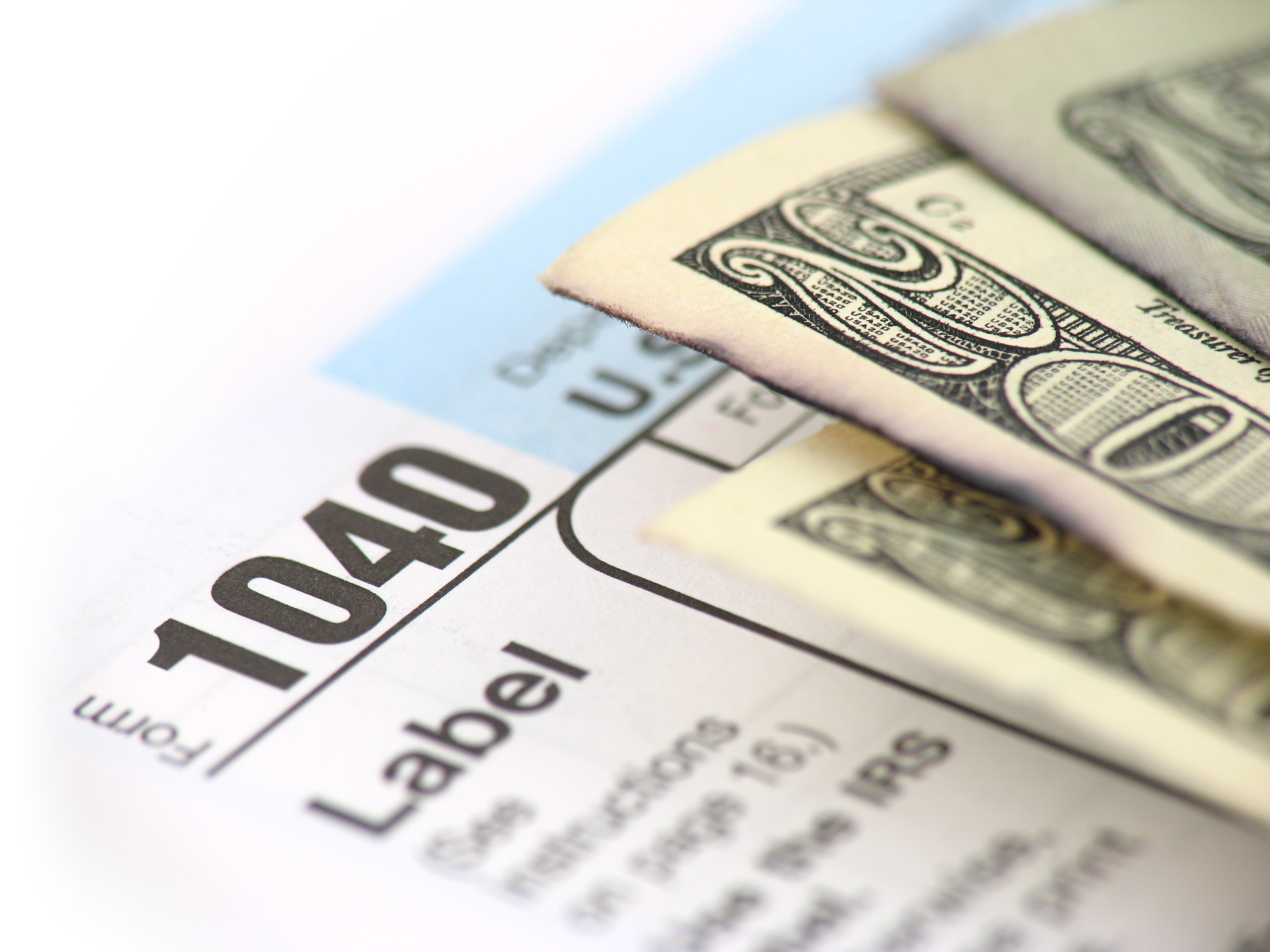 Could Millions of Taxpayers Be Facing the AMT (Alternative Minimum Tax) in 2025?
Could Millions of Taxpayers Be Facing the AMT (Alternative Minimum Tax) in 2025?Tax Letter Millions of taxpayers could owe the AMT if Congress allows the tax breaks de-fanged in the 2017 Tax Cuts and Jobs Act to expire.
By Joy Taylor
-
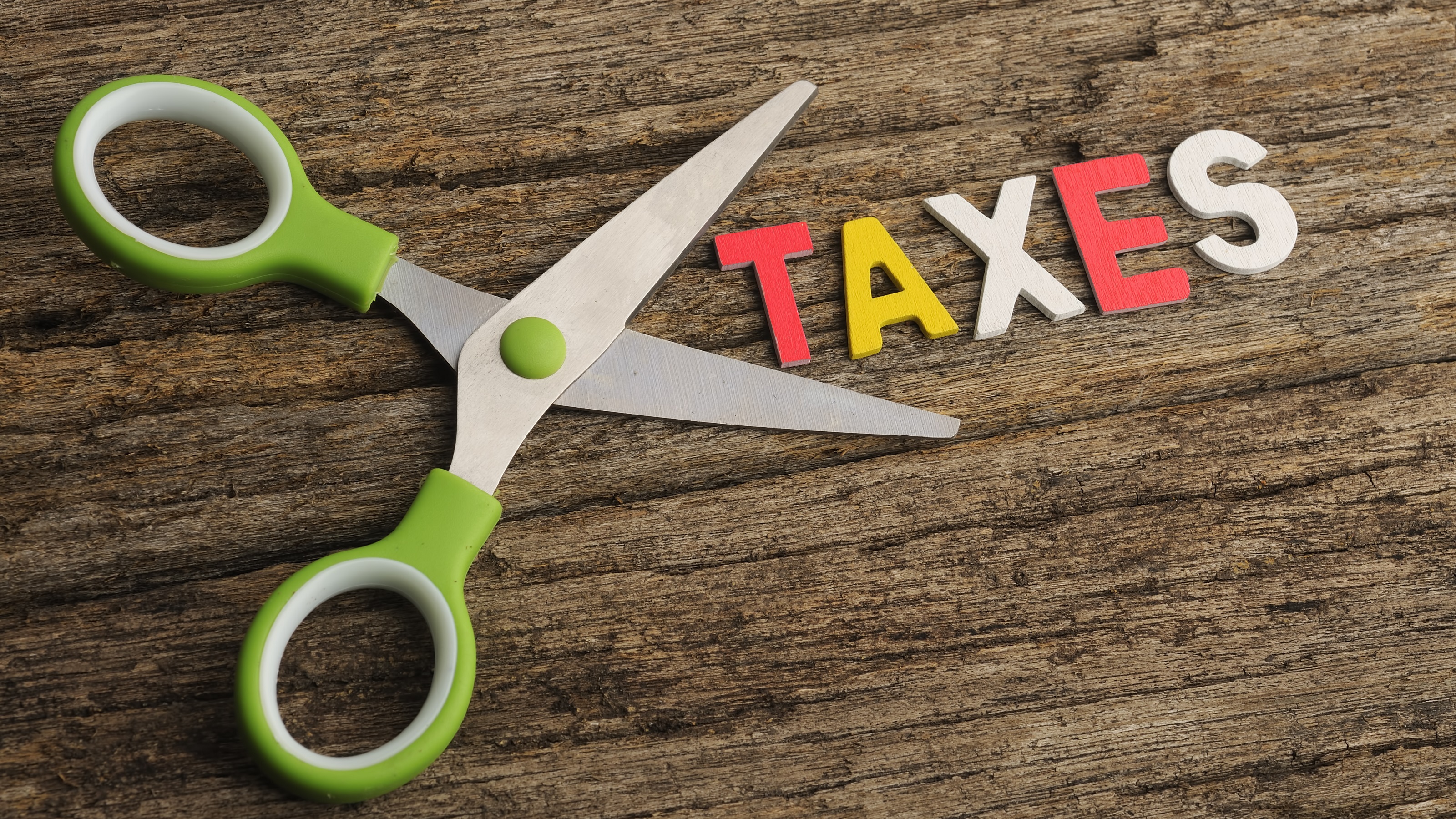 Tax Changes are on Trump's 2025 To-Do List
Tax Changes are on Trump's 2025 To-Do ListThe Tax Letter Donald Trump campaigned on lower taxes and, as president, he will push Congress to pass big tax changes next year
By Joy Taylor